Choosing a Registered Fire Risk Assessor

Fire risk assessments serve as a fundamental legal mandate for all business premises in the UK, targeting the safety of employees, customers, and the business infrastructure itself. They are vital for identifying potential fire hazards and devising strategies to mitigate risks, ensuring compliance with fire safety regulations and shielding businesses from legal repercussions.
Selecting the right fire risk assessor is a decisive step towards safeguarding your business against fire-related incidents, with their role encompassing everything from audits of fire safety precautions to the preparation of an exhaustive action plan. This guide aims to navigate the legal obligations and the benefits of engaging a registered fire risk assessor, highlighting the essential components of a thorough fire risk assessment and how to choose a proficient assessor to meet your business’s specific needs.
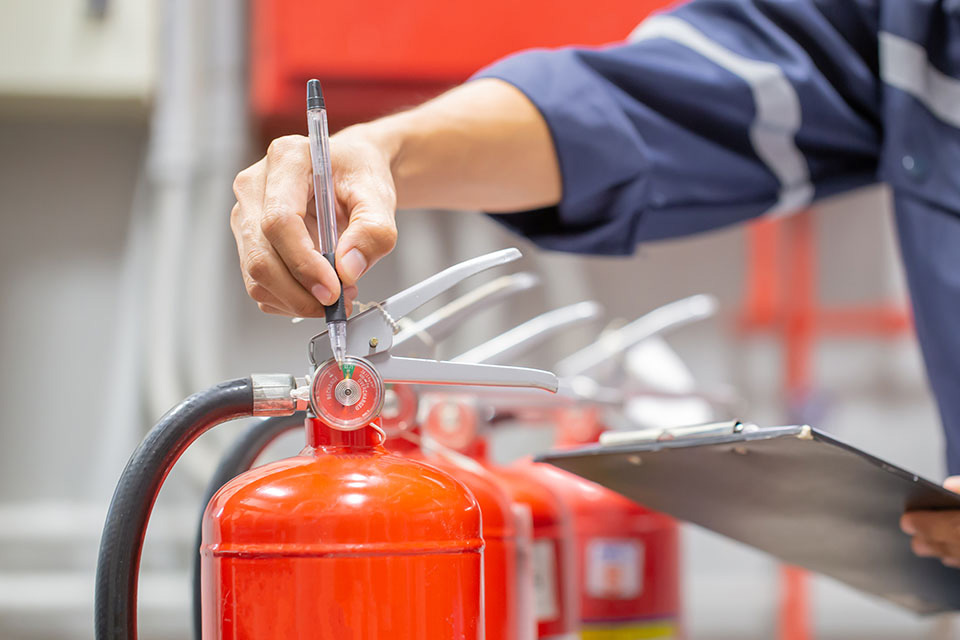
Benefits of Using a Registered Fire Risk Assessor
Comprehensive and Legally Compliant Assessments
Registered fire risk assessors are equipped with the expertise and knowledge to conduct thorough assessments that cover all aspects of fire safety. By identifying fire hazards, evaluating safety measures, and formulating detailed action plans, they ensure compliance with UK fire safety legislation. Their assessments account for all reasonably foreseeable risks and evident hazards, thereby enhancing the safety and legal compliance of the premises.
Ensuring Quality and Trust
The competence of fire risk assessors is often guaranteed through third-party certification by UKAS accredited Certification Bodies. This certification not only affirms their ability to deliver accurate assessments but also provides building owners and duty holders with a level of trust and assurance that is vital for maintaining safety standards. Registered assessors also possess professional indemnity and public liability insurance, providing further security and accountability.
Prioritized Safety and Risk Management
A registered fire risk assessor helps businesses prioritize occupant safety by reforming processes and improving productivity. This proactive approach not only protects people but also helps in managing and mitigating risks efficiently, which can lead to better overall safety outcomes for the premises. They also play a crucial role in updating fire risk assessments regularly, ensuring that the business remains compliant with evolving fire safety legislation.
Specialist Knowledge and Adaptability
The adaptability and specialized knowledge of registered fire risk assessors allow them to tailor their assessments based on the specific needs of different buildings, their uses, and the occupants. This tailored approach is crucial for addressing unique risks associated with various building types and uses, ensuring that all safety measures are appropriate and effective .
Verification of Assessor Competence
When selecting a fire risk assessor, verifying their qualifications and competence is crucial. This can be achieved by checking for registration with professional bodies or certification from a UKAS accredited Certification Body. Such verification helps in choosing an assessor who is capable of conducting a high-quality and reliable fire risk assessment.
Protection from Legal Repercussions
Utilizing a registered fire risk assessor can significantly reduce liability in the event of a fire. Their professional assessments are designed to meet all legal requirements, which can shield business owners from severe legal consequences, including fines and criminal liability, in case of fire incidents.
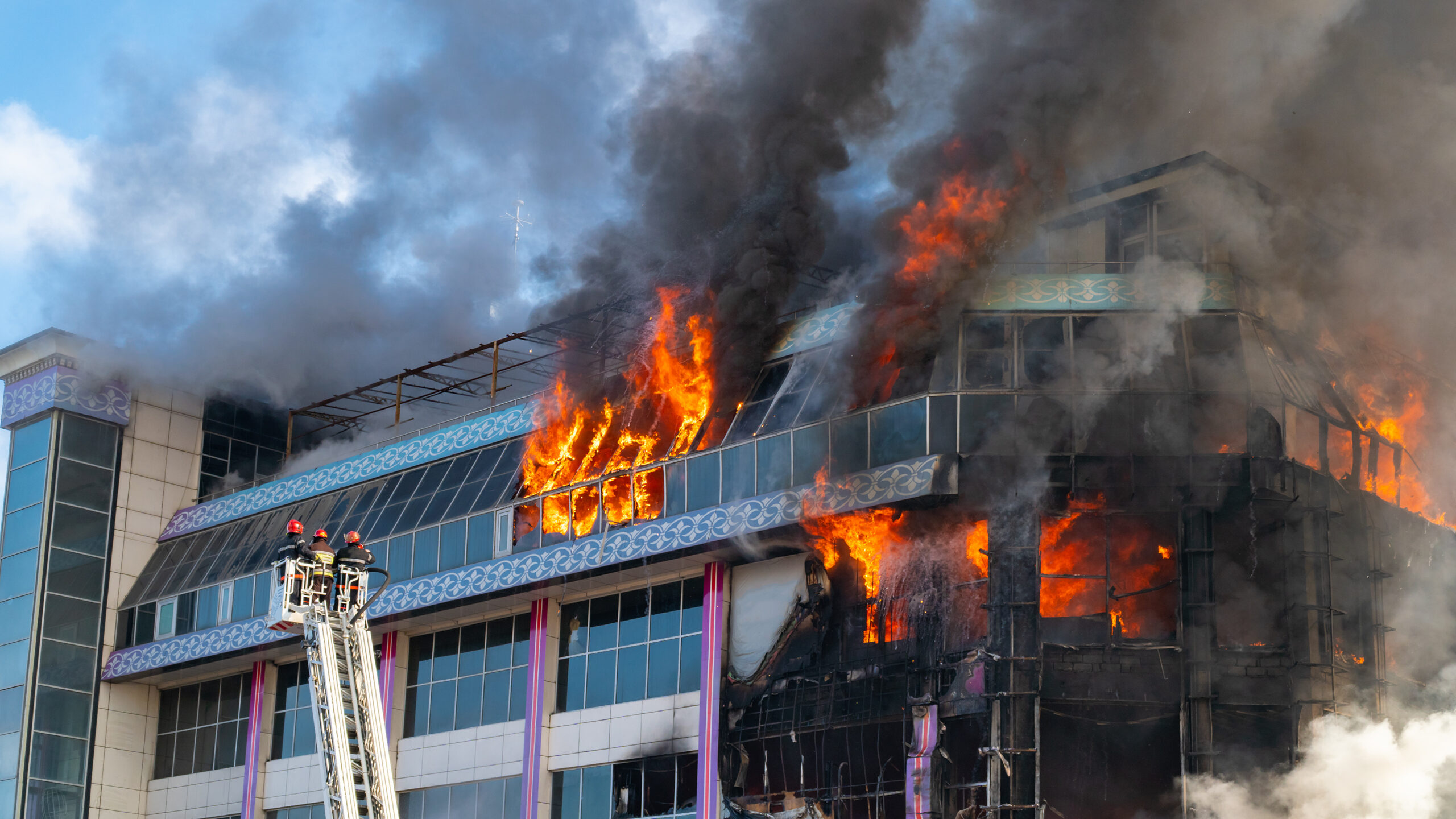
Key Components of a Comprehensive Fire Risk Assessment
Identifying Fire Hazards and People at Risk
A comprehensive fire risk assessment starts with identifying all potential fire sources and materials that could fuel a fire. This includes checking for flammable materials, electrical equipment, and heat sources throughout the premises. It is equally important to identify all individuals who are at risk within the building, including employees, visitors, and particularly those with disabilities or mobility issues.
Evaluating and Mitigating Risks
The next critical step involves evaluating the likelihood of a fire and its potential consequences. This evaluation should guide the implementation of measures to either remove or reduce fire risks, which includes maintaining fire safety equipment and ensuring proper storage of flammable materials. All identified fire hazards and the control measures taken should be meticulously recorded.
Emergency Planning and Training
Developing a clear and effective emergency fire evacuation plan is essential. This plan should accommodate the specific needs of vulnerable individuals and be communicated to all occupants of the premises. Regular training sessions on fire safety procedures for all staff, including temporary staff, are crucial to ensure everyone knows what to do in case of a fire.
Regular Review and Updates
Fire risk assessments must be reviewed and updated regularly to reflect any changes in the premises or the nature of work conducted. This helps in maintaining the relevance and effectiveness of the safety measures in place. Additionally, any changes in the fire risk assessment should be communicated promptly, and additional training provided where necessary.
Competency of Fire Risk Assessors
A competent fire risk assessor is key to a thorough and effective fire risk assessment. They should possess deep knowledge and skills in various areas including the identification of hazards, fire behaviour, legislative compliance, and risk management . Their qualifications and continuous professional development are crucial for maintaining high standards of fire safety.
These components ensure that the fire risk assessment not only meets legal requirements but also effectively protects people and property from the risks of fire.
Choosing the Right Fire Risk Assessor for Your Business
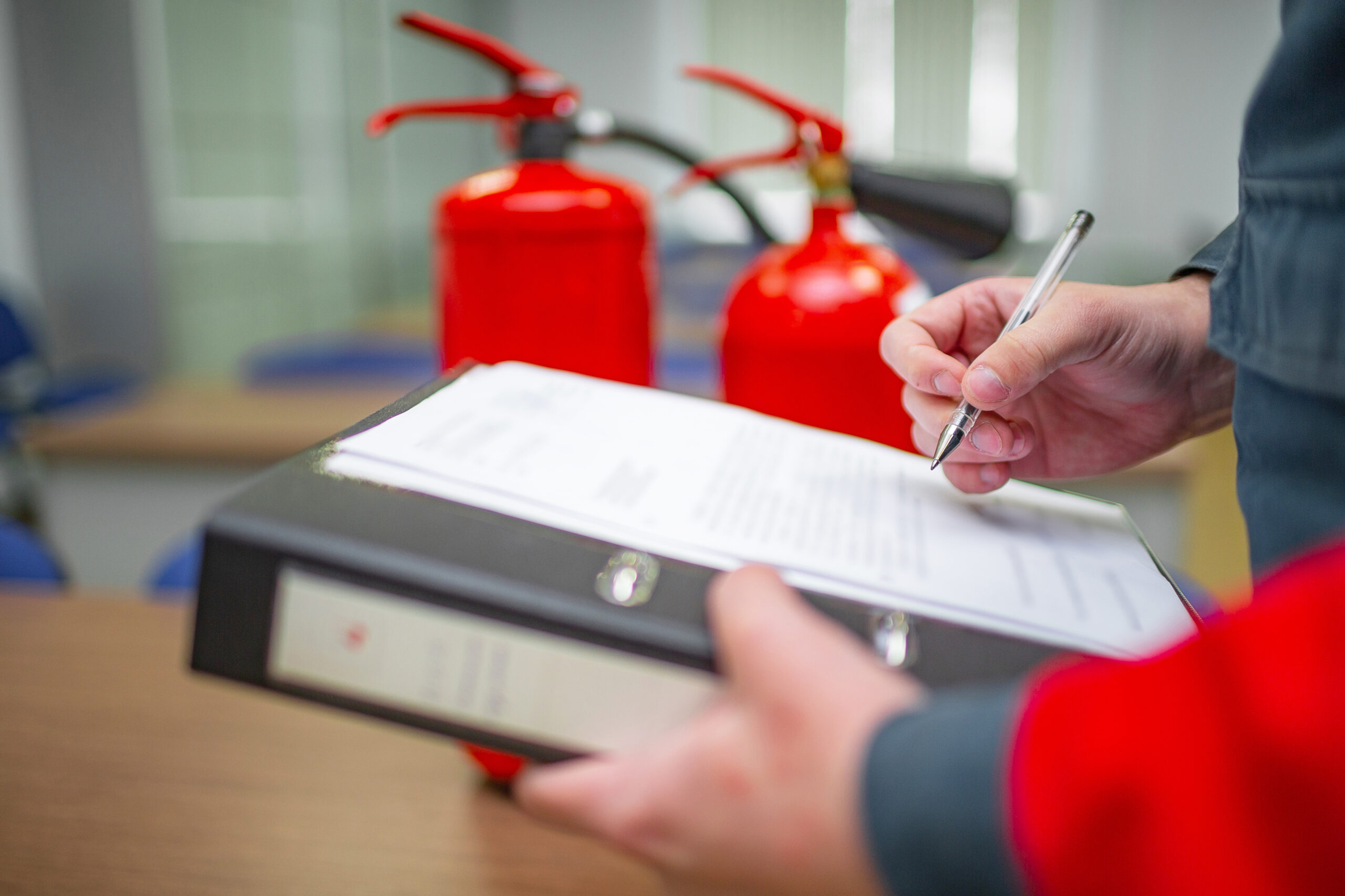
Verifying Competency and Suitability
To ensure the safety and compliance of your business, selecting a competent fire risk assessor is crucial. Begin by verifying their credentials against the Fire Risk Assessment Competency Council’s (FRACC) criteria, which outlines the necessary knowledge, skills, and behavior required for effective fire risk assessment. It is essential to examine the assessor’s experience, particularly in relation to your business type and premises, to confirm their suitability.
Steps to Choose a Fire Risk Assessor
- Check for Compliance with FRACC’s Competency Criteria: Ensure the assessor meets the national competency standards .
- Review Experience and Past Work: Assess their previous work examples and ensure their experience aligns with your specific business needs.
- Define Scope of Work: Clearly outline what the assessment will cover and ensure the assessor has access to all necessary areas and information.
- Obtain and Compare Quotes: Request detailed quotes from multiple assessors to compare scope and cost effectively.
- Request References: Ask for references from other businesses with similar premises to gauge the assessor’s reliability and quality of work .
- Confirm Insurance and Complaint Procedures: Verify that the assessor holds adequate professional indemnity insurance and has a formal complaint handling procedure .
Documentation and Record Keeping
Maintaining detailed records of the selection process is vital. Document all steps taken from verifying competency to the final selection of your fire risk assessor. This documentation will not only help in maintaining compliance with fire safety regulations but also serve as a reference for any future assessments or legal needs.
Responsibility of Duty Holders
Even when employing external experts, the ultimate responsibility for the fire risk assessment’s compliance with legal standards rests with the duty holder. This underscores the importance of being thorough in selecting a competent assessor and actively participating in the assessment process to ensure all aspects of fire safety are adequately addressed .
Conclusion
Through this guide, businesses have been equipped with the necessary information to navigate the complexities of fire risk assessment, highlighting the critical role of professional assessors in ensuring legal compliance and safeguarding against fire-related risks. The emphasis on choosing a registered fire risk assessor underpins the broader responsibilities of keeping premises safe, underscoring the importance of expertise, certification, and the tailored approach to meeting specific business needs. By adhering to the outlined steps for selecting the right assessor and understanding the legal obligations, businesses can profoundly enhance their fire safety protocols, mitigate potential legal repercussions, and most importantly, ensure the safety of all occupants.
In conclusion, the journey towards achieving comprehensive fire safety and compliance is a meticulous process that demands attention to detail, an understanding of legal obligations, and the engagement of skilled professionals. Reflecting on the significance of these elements not only prepares businesses for adherence to safety standards but also fortifies the prem
Issues against unforeseen fire hazards. To take the first step towards securing your business’s safety compliance, contact us today for a free quotation, ensuring peace of mind and the well-being of everyone involved. This proactive measure reaffirms a commitment to safety, legal compliance, and the continuous protection of your business assets and personnel against fire risks.
What qualities should a fire risk assessor possess?A competent fire safety assessor should exhibit a range of qualities, including strong personal traits and interpersonal skills, adept assessment and communication abilities, a solid foundation of education, training, and knowledge in their field, as well as relevant work experience.
What are the key stages of a fire risk assessment?A fire risk assessment typically involves five main stages: identifying potential fire hazards; pinpointing individuals who may be at risk; evaluating and mitigating risks; documenting the findings, creating an emergency response plan, and conducting training; and consistently reviewing and updating the assessment. These 5 steps of fire risk assessment are crucial for maintaining safety and compliance.
How do you determine if a fire risk assessor is competent?A competent fire risk assessor should be well-versed in the latest fire safety practices appropriate for the specific type of premises they are assessing. They should also recognise their own limitations in terms of experience and knowledge and be ready to seek external assistance and advice when necessary.
What career advancement opportunities exist for fire risk assessors?With sufficient experience, a fire risk assessor can advance to higher positions such as a senior consultant or manager. There is also the possibility to transition into a fire engineer role, although this would require obtaining additional qualifications.
References
https://www.london-fire.gov.uk/safety/the-workplace/fire-risk-assessments-your-responsibilities/ – https://www.gov.uk/workplace-fire-safety-your-responsibilities/fire-risk-assessments
https://www.gov.uk/workplace-fire-safety-your-responsibilities
https://www.london-fire.gov.uk/media/5496/fsf_guide_october_20.pdf
[14] – https://www.thefpa.co.uk/news/managing-risk-and-saving-lives
[16] – https://www.dsfire.gov.uk/safety/businesses/five-steps-fire-risk-assessment
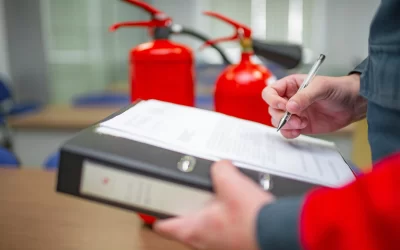
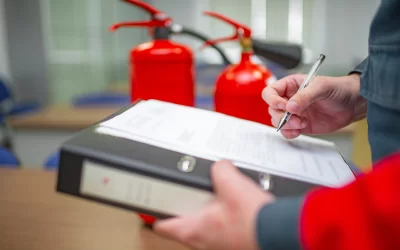
0 Comments